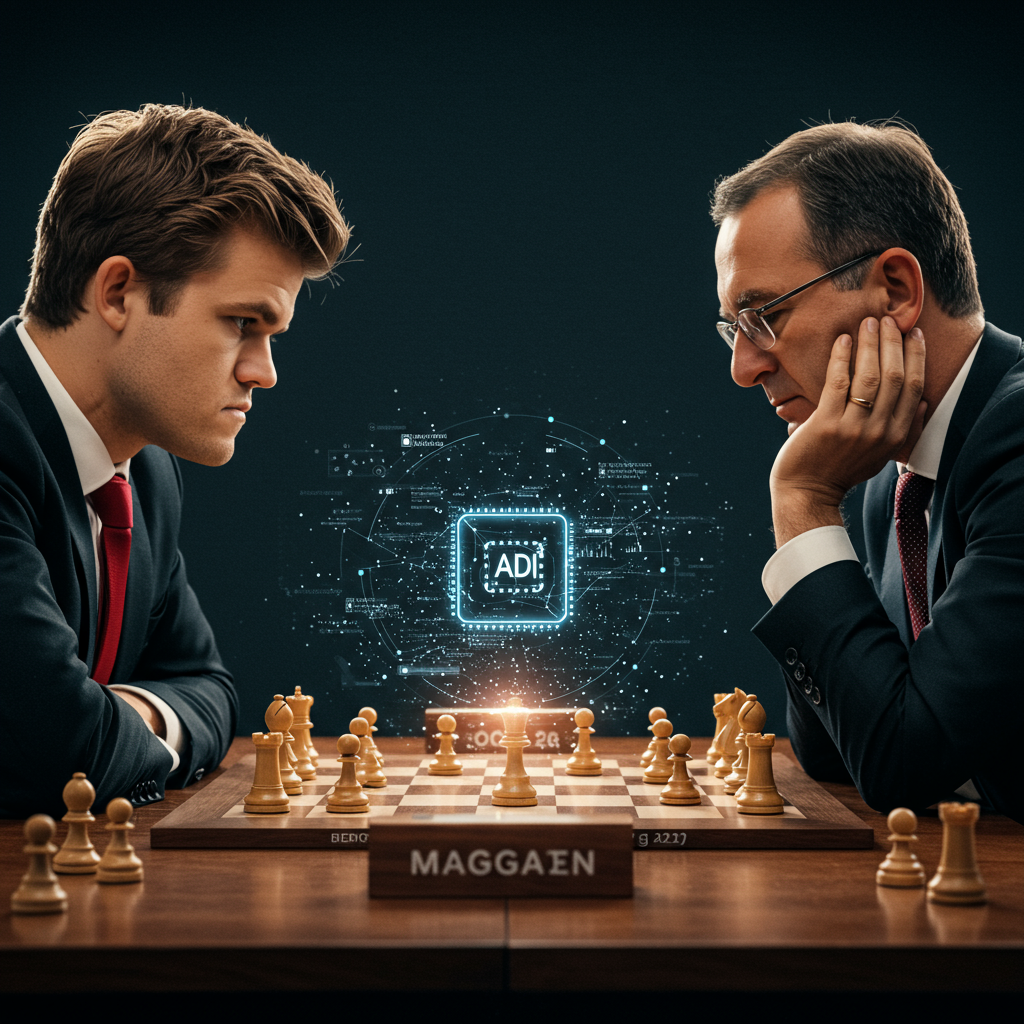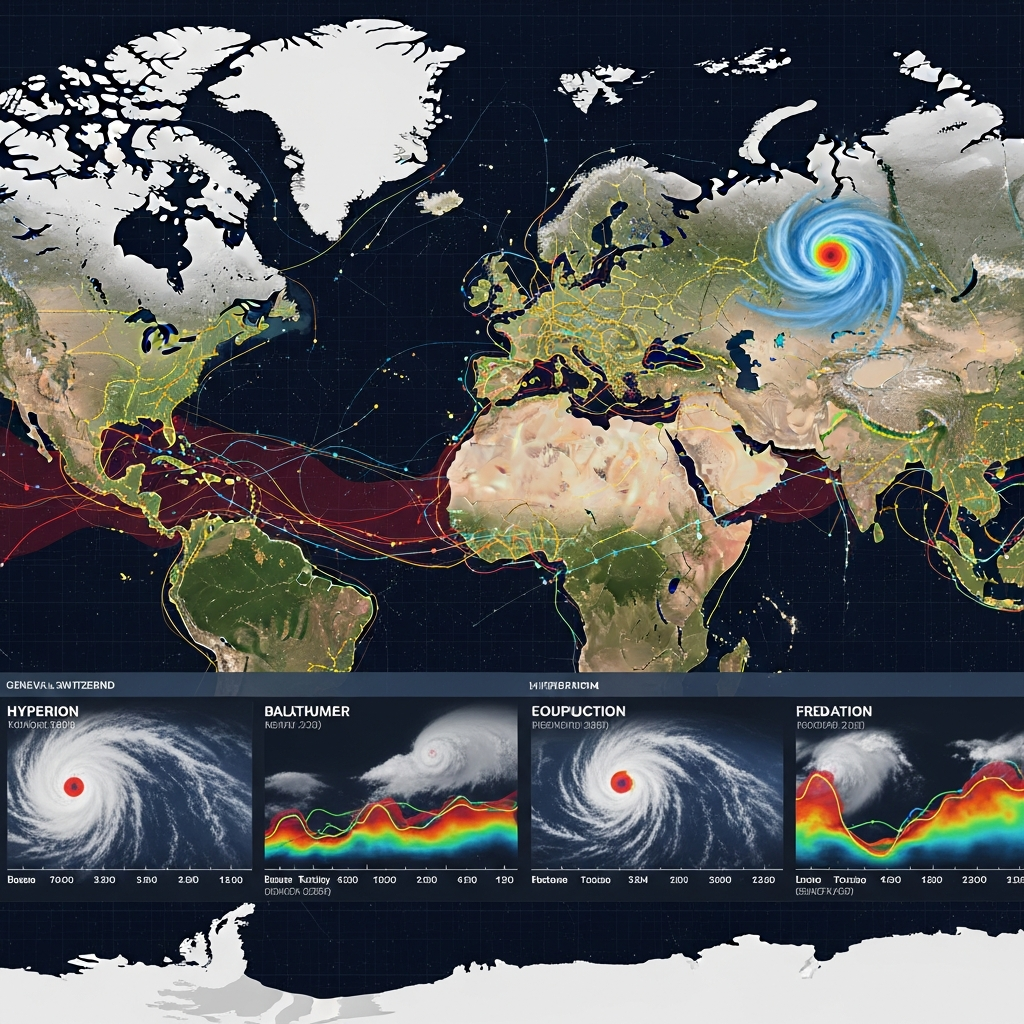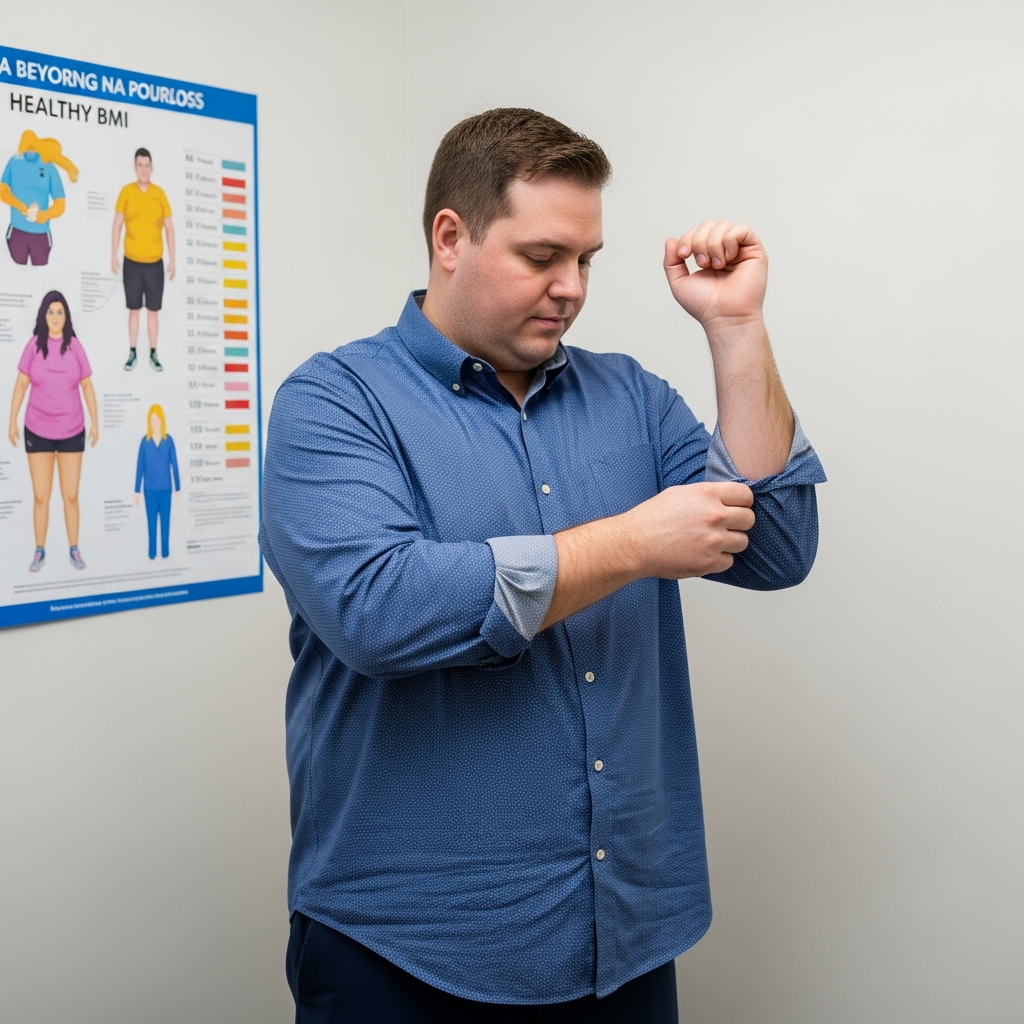In an increasingly complex world, the strategic dance between human intuition and artificial intelligence takes center stage, shaping everything from the world’s most intense chess matches to critical business and medical diagnoses. This article delves deep into the fascinating contest and collaboration between human cognitive processes—exemplified by grandmasters like Magnus Carlsen and Garry Kasparov—and the computational might of AI entities like Stockfish. We’ll explore the fundamental differences and surprising similarities in how humans and machines approach decision-making, leveraging calculation, intuition, and probability to navigate uncertainty.
The Chessboard Crucible: Human vs. Machine Intelligence
The game of chess, with its infinite possibilities and profound strategic depth, has long served as the ultimate battleground for intelligence. For decades, it was considered the epitome of human intellectual prowess, demanding a unique blend of foresight, pattern recognition, and gut feeling. The rise of advanced artificial intelligence, however, has fundamentally reshaped this understanding.
Grandmasters and Their Gift: Intuition and Calculation
Magnus Carlsen, often hailed as the greatest chess player of all time, embodies the pinnacle of human chess ability. His play, much like that of his predecessor Garry Kasparov, is a testament to the intricate interplay of rigorous calculation and profound intuition. Grandmasters possess an uncanny ability to “feel” the board, recognizing patterns and threats almost subconsciously. This intuition isn’t mystical; it’s the product of countless hours of study, experience, and pattern recognition, allowing them to quickly prune irrelevant lines and focus their limited computational resources on promising variations. They can assess positions, anticipate opponent moves, and even detect subtle psychological cues. Their decision-making is a complex cocktail of deep logical analysis and lightning-fast, experienced-driven insights.
The Rise of the Machines: Stockfish and Raw Computation
Contrast this with Stockfish, one of the world’s strongest chess engines. Stockfish operates on a fundamentally different principle: brute-force calculation. It doesn’t “feel” the board or develop intuition in the human sense. Instead, it systematically evaluates millions, even billions, of positions per second. Using sophisticated search algorithms, it meticulously explores vast decision trees, assigning numerical values to each potential move based on pre-programmed evaluation functions. Its strength lies in its unparalleled speed, accuracy, and unwavering logic. Stockfish never gets tired, never misses a tactical shot, and never succumbs to emotional pressure. It purely calculates, and its “intelligence” is a product of its computational efficiency and depth of search.
Beyond the Board: Deconstructing Decision-Making
The lessons learned from the chess arena extend far beyond the 64 squares. The core processes of calculation and intuition are central to all forms of complex decision-making, whether in business, medicine, or everyday life. Understanding how humans and AI approach these processes reveals both the unique strengths of each and the potential for powerful synergy.
The Dance of Calculation and Intuition
Calculation involves a conscious, step-by-step logical process, breaking down a problem into smaller, manageable parts. It’s about deduction, logic, and often, quantitative analysis. Intuition, on the other hand, is a rapid, subconscious process that draws on experience, pattern recognition, and gut feelings. It’s often described as a sudden insight or a feeling of knowing without explicit reasoning. Human decision-making masterfully blends these two. We might use intuition to quickly size up a situation and then employ calculation to verify our initial feeling or to work out the precise details of a plan. AI, particularly traditional AI, excels at pure calculation, performing complex computations with speed and precision far beyond human capacity. Modern AI, especially with deep learning, can also exhibit forms of “intuition” by recognizing complex patterns in vast datasets, mimicking human-like insights, albeit without conscious experience.
The Role of Probability Theory in AI and Human Thought
Probability theory is the mathematical bedrock of decision-making under uncertainty. Both humans and AI leverage its principles, though in distinct ways. AI systems, particularly those powered by machine learning and neural networks, explicitly use probability theory for tasks like prediction, classification, and risk assessment. Algorithms are trained on data to estimate the likelihood of various outcomes, guiding their decisions. For example, a medical AI diagnosing a disease will calculate the probability of different conditions based on patient symptoms and test results. Humans, while not explicitly running Bayesian algorithms in their heads, implicitly use probabilistic thinking. Our heuristics, biases, and risk assessments are often rooted in a subconscious evaluation of probabilities derived from past experiences and learned patterns. We weigh the chances of success or failure, even if we can’t articulate the exact percentages. This intuitive probabilistic reasoning allows for quick decisions in dynamic environments, though it is susceptible to cognitive biases.
The Philosophical Frontier: What is Intelligence?
The capabilities of advanced AI, from chess engines to generative models, force us to reconsider fundamental questions about intelligence, consciousness, and the very nature of computation. Is intelligence merely complex computation, or does it require something more?
Computation, Intelligence, and the Nature of Life
At its core, computation involves processing information according to a set of rules or algorithms. AI excels at this, performing incredible feats of data analysis and pattern recognition. But does this equate to understanding or genuine intelligence? While AI can mimic intelligent behavior, its processes are often devoid of consciousness or subjective experience. Humans, as biological beings, possess a different kind of intelligence—one intertwined with emotion, self-awareness, and the complexities of life itself. The concept of “life” implies adaptability, self-organization, and emergent properties that are still largely beyond AI’s grasp. This distinction between narrow AI (excelling at specific tasks) and general artificial intelligence (human-like cognitive abilities) remains a critical point of discussion in the field. Understanding the fundamental mechanisms of human thought can also inspire new paradigms in AI research, leading to more robust and versatile intelligent systems.
Practical Implications: Bridging the Intelligence Gap
Instead of viewing AI and human intelligence as competing forces, a more productive approach involves understanding how they can complement each other. The true power lies in leveraging the strengths of each to achieve superior outcomes.
Enhancing Human Decision-Making with AI Insights
AI is becoming an invaluable tool for augmenting human capabilities across various domains. In finance, AI algorithms can analyze market data faster than any human, identifying subtle trends and potential risks, thereby empowering traders to make more informed decisions. In medicine, AI assists doctors in diagnosing diseases, predicting patient outcomes, and even suggesting personalized treatment plans, by sifting through vast amounts of medical literature and patient data. Even in strategic planning, AI can simulate various scenarios and predict potential consequences, offering invaluable insights for human leaders. The goal isn’t to replace human decision-makers but to provide them with unprecedented analytical power, allowing them to focus on higher-level strategic thinking, ethical considerations, and nuanced judgments. This symbiotic relationship enhances overall effectiveness and reduces the likelihood of costly errors.
Designing Smarter AI: Lessons from Human Cognition
The ongoing study of human cognition and intuition provides crucial insights for designing the next generation of AI. Researchers are actively working on developing AI models that can better incorporate human-like reasoning, learn from smaller datasets, and adapt to novel situations with greater flexibility. Concepts like “explainable AI” (XAI) aim to make AI’s decision processes more transparent, bringing them closer to human understandability. By understanding how humans intuitively filter information, recognize patterns, and make leaps of insight, AI developers can build systems that are not just powerful calculators but more effective collaborators, capable of understanding context and even expressing uncertainty. This hybrid approach, combining AI’s computational might with an understanding of human cognitive strengths, represents the future of intelligent systems.
Frequently Asked Questions
How do AI chess engines like Stockfish differ from human grandmasters like Carlsen in their approach to playing?
AI chess engines, like Stockfish, rely primarily on brute-force calculation, systematically evaluating billions of potential moves per second using deep search trees and pre-programmed evaluation functions. Their strength lies in unparalleled speed, accuracy, and exhaustive analysis. Human grandmasters such as Magnus Carlsen or Garry Kasparov, conversely, blend rigorous calculation with profound intuition. Their intuition stems from vast experience and pattern recognition, allowing them to quickly identify promising lines and make strategic decisions based on a “feel” for the position, which AI does not possess.
Where can AI insights most effectively enhance human decision-making in real-world scenarios?
AI insights are most effective in scenarios requiring rapid analysis of vast datasets, pattern recognition, and predictive modeling. This includes areas like financial trading, where AI can identify market trends; medical diagnosis, assisting doctors by sifting through patient data and research; climate modeling, predicting environmental changes; and even urban planning, optimizing traffic flow or resource allocation. AI acts as a powerful analytical tool, augmenting human experts by providing data-driven insights that inform, rather than replace, complex human judgment.
Should we rely solely on AI for critical decision-making or always integrate human oversight?
For critical decision-making, it is generally recommended to always integrate human oversight rather than relying solely on AI. While AI excels at computation and pattern recognition, it often lacks human qualities such as ethical reasoning, empathy, nuanced understanding of context, and adaptability to truly novel situations. Human oversight ensures accountability, allows for the consideration of unforeseen variables, and prevents potential biases embedded in AI algorithms from leading to undesirable outcomes. The most robust solutions typically arise from a collaborative approach, combining AI’s analytical power with human wisdom and judgment.
Conclusion
The ongoing dialogue between human intuition and artificial intelligence is not merely a contest but a profound exploration of intelligence itself. As exemplified by the chess battles between human grandmasters and powerful AI engines, we see two distinct yet complementary forms of intelligence at play. Humans bring a unique blend of calculation, experience-driven intuition, and contextual understanding. AI, on the other hand, offers unparalleled computational speed and the ability to process vast amounts of data with precision. The future of decision-making lies in harnessing the strengths of both, creating hybrid systems where AI augments human cognitive abilities, leading to more informed, efficient, and ultimately, wiser outcomes across all facets of life.




